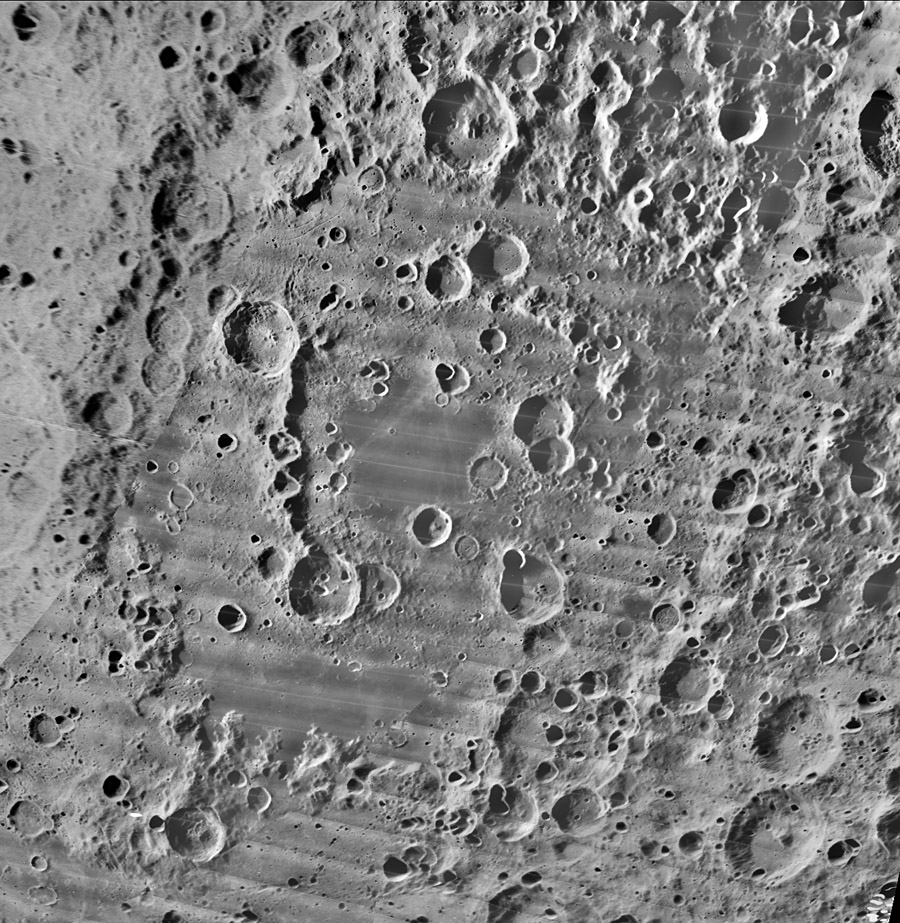Difference between revisions of "October 22, 2009"
(Created page with "__NOTOC__ =The Other Apollo= <!-- ws:start:WikiTextHeadingRule:0:<h1> --> <!-- ws:start:WikiTextLocalImageRule:6:<img src="/file/view/LPOD-Oct22-09.jpg/96870...") |
|||
| Line 4: | Line 4: | ||
<!-- ws:start:WikiTextHeadingRule:0:<h1> --> | <!-- ws:start:WikiTextHeadingRule:0:<h1> --> | ||
<!-- ws:start:WikiTextLocalImageRule:6:<img src="/file/view/LPOD-Oct22-09.jpg/96870706/LPOD-Oct22-09.jpg" alt="" title="" /> -->[[File:LPOD-Oct22-09.jpg|LPOD-Oct22-09.jpg]]<!-- ws:end:WikiTextLocalImageRule:6 --><br /> | <!-- ws:start:WikiTextLocalImageRule:6:<img src="/file/view/LPOD-Oct22-09.jpg/96870706/LPOD-Oct22-09.jpg" alt="" title="" /> -->[[File:LPOD-Oct22-09.jpg|LPOD-Oct22-09.jpg]]<!-- ws:end:WikiTextLocalImageRule:6 --><br /> | ||
| − | <em>image mosaic from [mailto:tychocrater@yahoo.com Chuck Wood]</em><br /> | + | <em>image mosaic from [http://www.mapaplanet.org/explorer-bin/explorer.cgi?map=Moon&layers=moon_lo&west=190.93&south=-48.09&east=224.43&north=-25.28&center_lat=&center=207.68&defaultcenter=on&grid=none&stretch=auto&projection=SINU&advoption=YES&info=NO&resolution=32 USGS Map-A-Planet]</em><br /> |
| + | <br /> | ||
| + | More than half of the known [http://the-moon.wikispaces.com/Lunar+Basins+List impact basins] are on the farside and thus have not benefited from high quality amateur imaging. In fact, until a new generation of mosaics is released by LRO, Kaguya and other recent orbiters, the best images in existence for much of the farside are those compiled for Map-A-Planet. For the first time now it is easy to create mosaics of farside basins. Previously, the best basin images were either low res Lunar Orbiter [http://www.lpi.usra.edu/resources/lunarorbiter/images/preview/5030_med.jpg medium resolution] frames, high res Lunar Orbiter [http://www.lpi.usra.edu/resources/lunarorbiter/images/preview/5030_h2.jpg images] of pieces of basins, or Clementine mosaics that are high Sun for all areas away from the poles. This example shows the Apollo Basin, which is within the South Pole-Aitken Basin. The lava flows within Apollo have recently been age dated (using impact crater counts) by the Kaguya/Seleme science team. They found ages of 3.51 and 2.49 billion years for basalts within the northern part of Apollo (presumably the central mare patch) and 2.44 b.y for the southern flows near bottom left. The Clementine [http://www.mapaplanet.org/explorer-bin/explorer.cgi?map=Moon&layers=moon_clementine_bw&info=NO&advoption=YES&lines=731&samples=970&sizeSelector=resolution&Resolution=32&projection=SINU&grid=none&stretch=auto&resamp_method=nearest_neighbor&north=-25.28&west=190.93&east=224.43&south=-48.09&center=207.68&defaultcenter=on&center_lat= mosaics] distinguish the mare basalts by their very low albedo, but no one knows if the smooth but non-dark material in the far north of Apollo is a non-mare lava or some smooth fill of basin ejecta. I have added this mosaic to the [http://the-moon.wikispaces.com/Apollo Moon-WIki] - it would be wonderful if someone(s) added similar mosaics for all the farside basins!<br /> | ||
| + | <br /> | ||
| + | <em>[mailto:tychocrater@yahoo.com Chuck Wood]</em><br /> | ||
<br /> | <br /> | ||
<hr /> | <hr /> | ||
Revision as of 19:47, 1 January 2015
The Other Apollo
image mosaic from USGS Map-A-Planet
More than half of the known impact basins are on the farside and thus have not benefited from high quality amateur imaging. In fact, until a new generation of mosaics is released by LRO, Kaguya and other recent orbiters, the best images in existence for much of the farside are those compiled for Map-A-Planet. For the first time now it is easy to create mosaics of farside basins. Previously, the best basin images were either low res Lunar Orbiter medium resolution frames, high res Lunar Orbiter images of pieces of basins, or Clementine mosaics that are high Sun for all areas away from the poles. This example shows the Apollo Basin, which is within the South Pole-Aitken Basin. The lava flows within Apollo have recently been age dated (using impact crater counts) by the Kaguya/Seleme science team. They found ages of 3.51 and 2.49 billion years for basalts within the northern part of Apollo (presumably the central mare patch) and 2.44 b.y for the southern flows near bottom left. The Clementine mosaics distinguish the mare basalts by their very low albedo, but no one knows if the smooth but non-dark material in the far north of Apollo is a non-mare lava or some smooth fill of basin ejecta. I have added this mosaic to the Moon-WIki - it would be wonderful if someone(s) added similar mosaics for all the farside basins!
Chuck Wood
COMMENTS?
Click on this icon File:PostIcon.jpg at the upper right to post a comment.




